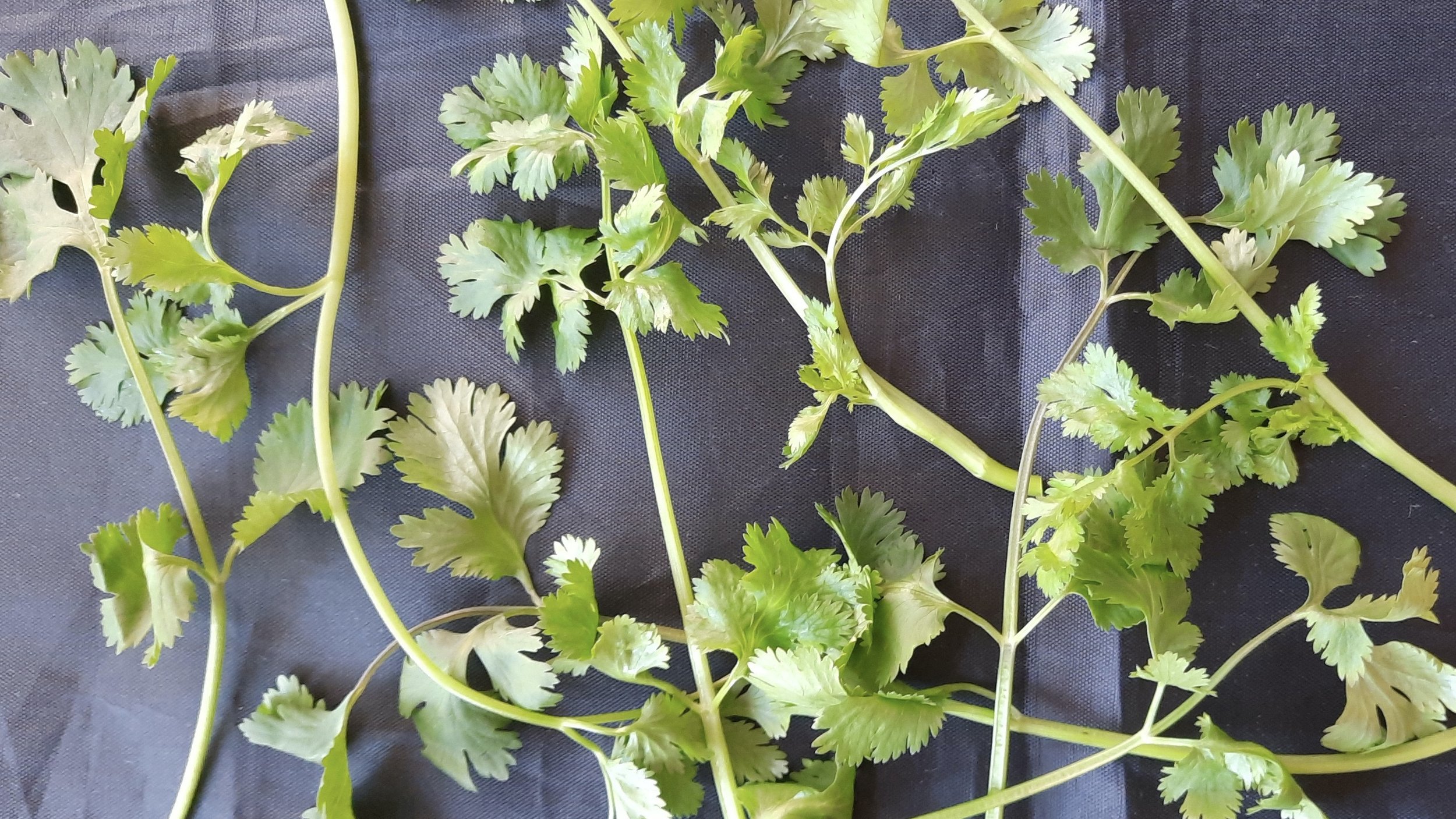USING & PRESERVING HERBS
Many questions arise about, and a lot of confusion still surrounds, one of the more common elements in our everyday cooking: the use of herbs. Which are better fresh or dried? When to add either, early or later in the cooking? How best to store fragile herbs? And a question when winter’s come - what’s the proper exchange of dried for fresh?
Of course, now’s the time when these questions are popping up because herbs are aplenty in our own gardens and at the soon-to-slow farmer’s markets.
I offer several tips and answers. But, overall, a good place to start is to consider all these much-favored flavoring ingredients as members of one of two families: those like oregano, rosemary and thyme that we have inherited from hot, dry climates (southern Italy and France or the Levant), and those such as basil, parsley and tarragon that have come to us from cooler, wetter lands (northern Europe and some parts of Asia).
The former reflect their harsh upbringing; their stems are woody, and their leaves potent with oils and chemicals, little of which is lost when the plant is dried or from the heat of cooking. The latter are mostly water, even their stems possibly eaten out of hand, and their flavors are fleeting, especially if dried.
So the question of when to apply them in cooking comes from this look at their own upbringing. Rosemary, bay leaf, sage, oregano and thyme - especially dried versions - need work, heat and time to obtain their flavors; they’re best used early in cooking or during long applications of heat, such as in braises or stews.
The oils and chemical compounds in parsley, basil, chives, chervil, mint, cilantro, and dill make all of these herb flavorings “bright” or lively and also are obliterated by long forms of heat or by being added early in cooking. They perform best when applied toward the end of cooking or, indeed, even afterward, used raw as garnishes or toppings.
Fresh cilantro (coriander) leaves, fragile but can be frozen if used in certain dishes.
Hints on using and preserving fresh herbs:
Don't harvest more than 10 percent of an herb plant at one time.
Pick herbs when they have the highest amount of flavorful essential oils, just before they are about to flower.
If possible, harvest herbs only in the morning or evening.
The best way to store fresh hardy herbs such as rosemary is in a resealable plastic bag, gently wrapped in paper toweling.
Because any moisture easily may damage fragile herbs, don't wash them before bagging them; wash them as needed.
Tender herbs such as basil and tarragon don't dry as well as they freeze.
The best way is to freeze them is to make a sort of thick pesto with a small amount of extra virgin olive oil (not including the traditional nuts, garlic or cheese), freezing the slurry in ice cube trays, then storing the frozen cubes, using a cube or two as needed in cooking.
Alternatively, you may freeze a “sheet” of the slurry in a thick plastic zippered bag, breaking off pieces to use in cooking as you go.
Drying fresh herbs is easy: Bundle stems with a string or rubber band and hang upside down on any kind of rack or off a hook in a cool, dark, well-ventilated, dry area.
A convenient exchange is one part dried green herb to 2-3 parts fresh (only leaves, not stems).
